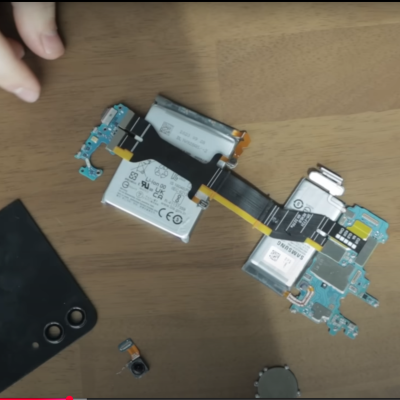When making a personal website, one will naturally include a personal touch. What could be more personal than creating a font from your own handwriting? That’s what [Chris Smith] has done, and it looks great on his blog, which also has a post summarizing the process.
Like most of us [Chris] tried to use open-source toolkits first, but the workflow (and thus the result) was a bit wanting. Still, he details what it takes to create a font in Inkscape or Font Forge if anyone else wants to give it a try. Instead he ended up using a web app called Calligraphr designed for this exact use case.

Fair warning: the tool is closed-source and he needed to pay to get all the features he wanted — specifically ligatures, glyphs made from two joined letters. By adding ligatures his personalized font gets a little bit of variation, as the ‘l’ in an ‘lf’ ligature (for example) need not be identical to the stand-alone ‘l’. In a case of “you get what you pay for” the process worked great and to the credit of the folks at Calligraphr, while it is Software-As-Service they offer a one-time payment for one month’s use of the “pro” features. While nobody likes SaS, that’s a much more user-friendly way to do it — or perhaps “least-user-hostile”.
All [Chris] had to do was write out and scan a few sheets that you can see above, while the software handled most of the hard work automagically. [Chris] only had to apply a few tweaks to get the result you see here. Aside from websites, we could see a personalized font like this being a nice touch to laser cut, CNC or even 3D printed projects. If you don’t want a personalized touch, the “Gorton” lettering of retro machinery might be more to your liking.


















